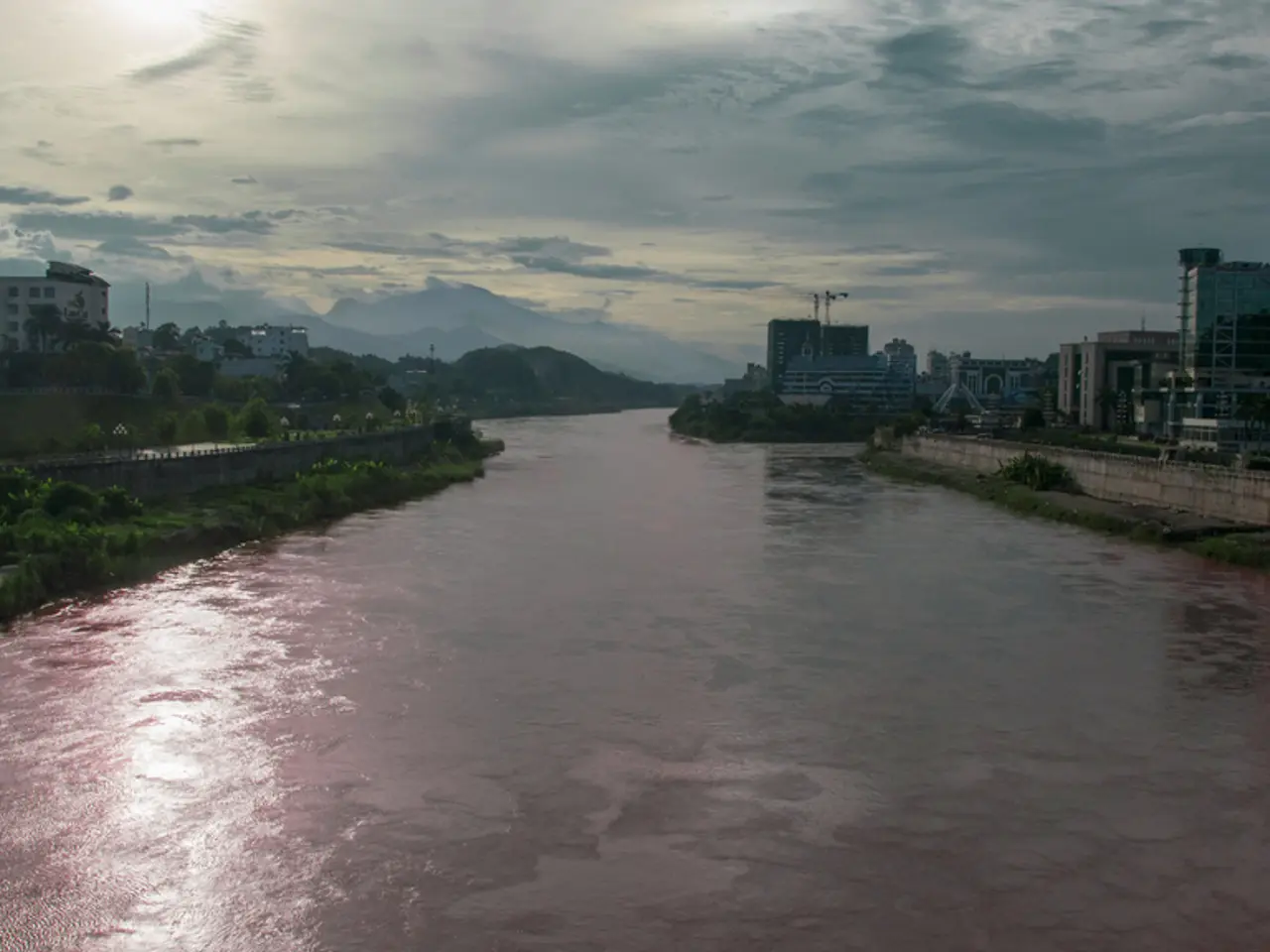Threat of dams and water diversion hangs over the Salween River in Southeast Asia
The ongoing political instability in Myanmar has cast doubt over the future of seven planned dams on the Salween River, one of Asia's last free-flowing rivers. The dams, with a combined capacity exceeding 15,000 MW, include notable projects like the Kunlong (1,400 MW), Nao Pha (1,200 MW), and Mongton (7,000 MW) dams in Shan State.
The Kunlong Dam, which had an environmental impact assessment and was under development by Chinese companies Hanergy Holding Group and Powerchina International Group, was approved in 2010 and resulted in the displacement of local villagers in 2013. However, the project appears to have since stalled and is currently dormant.
Similarly, Chinese and Thai investors remain cautious and are waiting for the conflict situation in Myanmar to stabilise before proceeding, leaving many dam projects in limbo. The military junta, which controls only about 32% of the country’s townships, faces significant opposition from ethnic armed groups, especially in Shan State where these dams are proposed.
There are widespread concerns about the environmental impact of these dams on the Salween River, which irrigates vast tracts of farmland and provides food security, livelihoods, as well as drinking and bathing water to largely Indigenous communities across three countries. The river is home to over 200 species of fish, a quarter of which are estimated to be found nowhere else in the world. Regional bodies and civil society groups have recommended deferring large mainstream dam projects until thorough studies and consultations are carried out.
One such project, the Yuam River Diversion, aims to pipe water from the Yuam River to the Chao Phraya Basin but faces opposition from local communities and organisations. The project, expected to cost 170.6 billion baht ($5.2 billion), will affect 29 people who will lose land, as well as 16 villages in a 0.5-km (0.3-mile) radius and 30 villages beyond that.
The fate of these projects is closely linked to the evolving control of territories by Myanmar’s military and ethnic armed groups. As of March 2025, the status of dam projects on the Salween River in Myanmar remains highly uncertain and contentious due to ongoing conflict and political instability.
- The stalled Kunlong Dam, initially approved in 2010 and developed by Chinese companies Hanergy Holding Group and Powerchina International Group, is a reminder of the potential long-term environmental and social repercussions that large-scale dam projects, such as those on the Salween River, could pose, a concern often addressed in debates related to policy-and-legislation and environmental-science.
- The ongoing political instability in Myanmar is influencing not just the future of the seven planned dams on the Salween River but also broader aspects of general-news and politics, as conflicting interests between the military junta and ethnic armed groups continue to obstruct decision-making concerning dam projects, such as the Yuam River Diversion that faces opposition from local communities.
- Amidst regional concerns about the destructive impact of large dams on the biodiverse Salween River, international bodies and civil society groups advocate for a prudent approach to future hydropower ventures, urging comprehensive studies, consultations, and environmental impact assessments before moving ahead with dam projects like the highly disputed Yuam River Diversion, whose completion may lead to changes in farmland, local cultures, and wildlife habitats across the affected nations.








